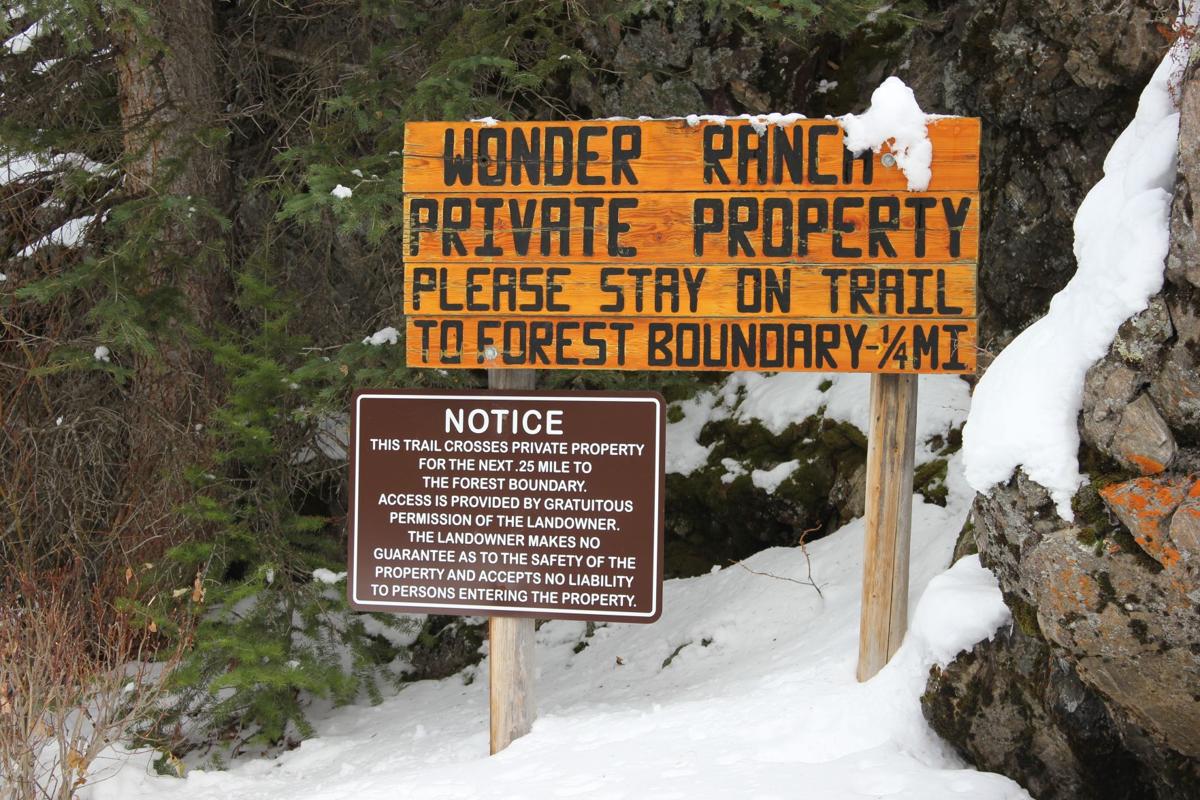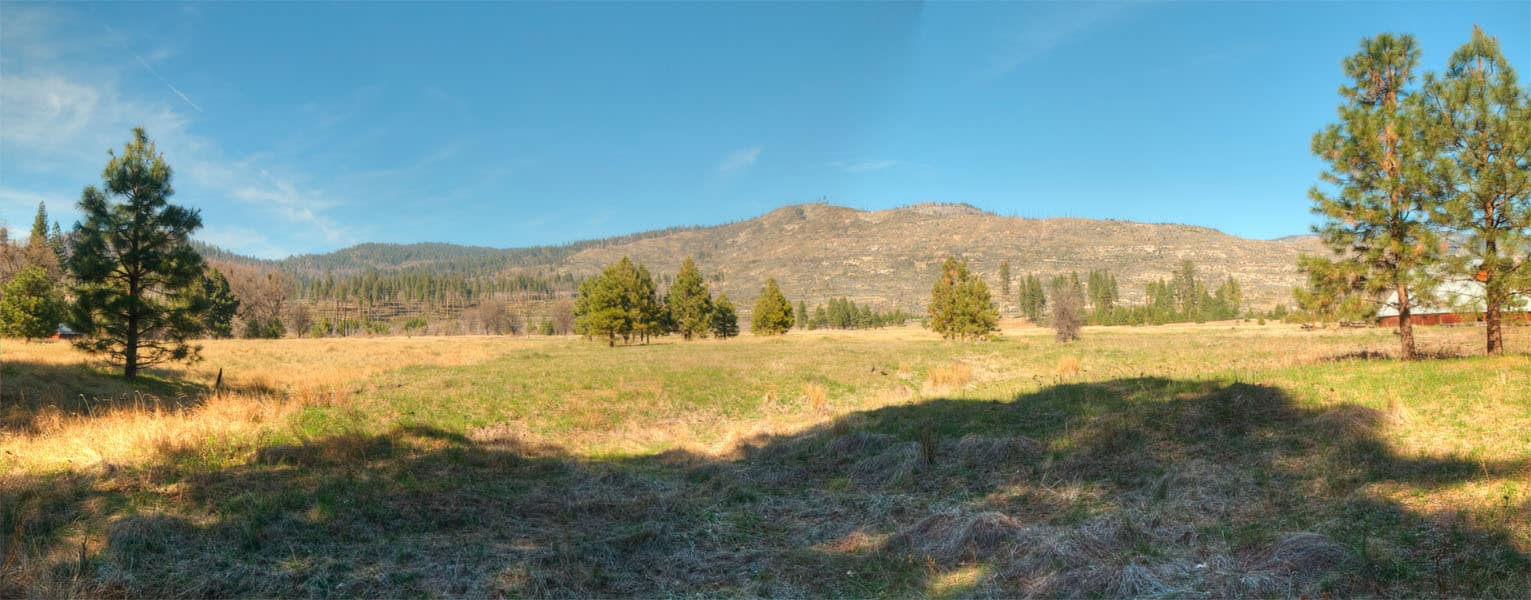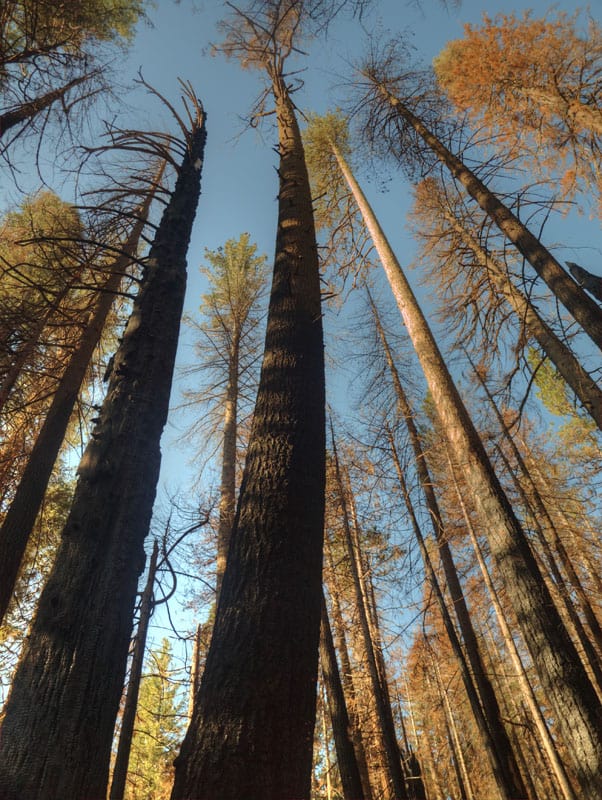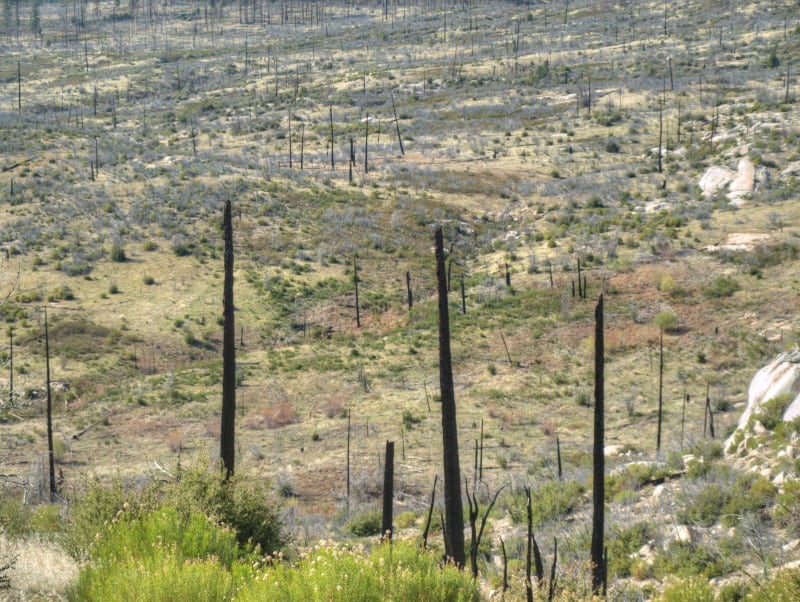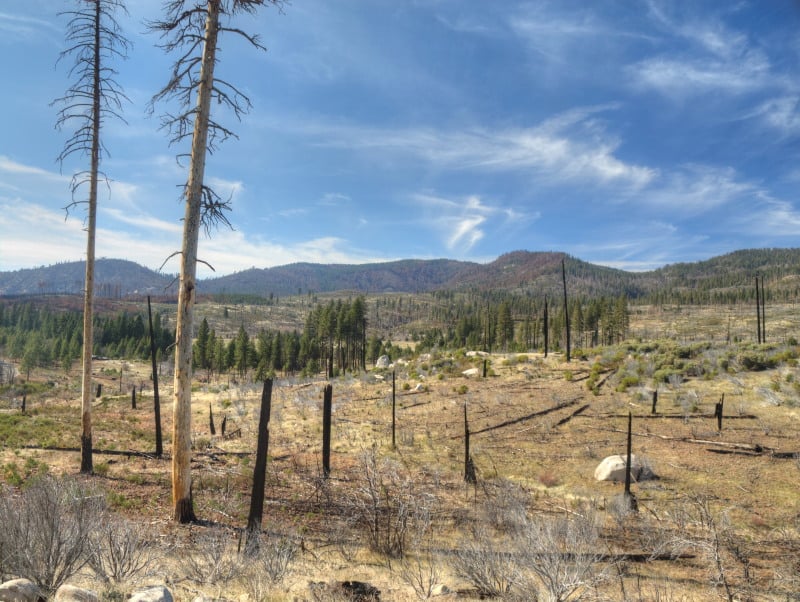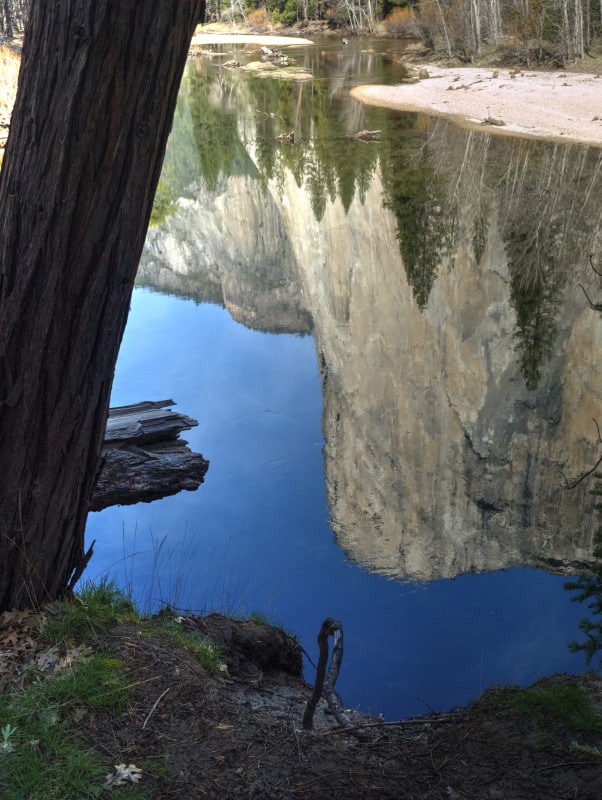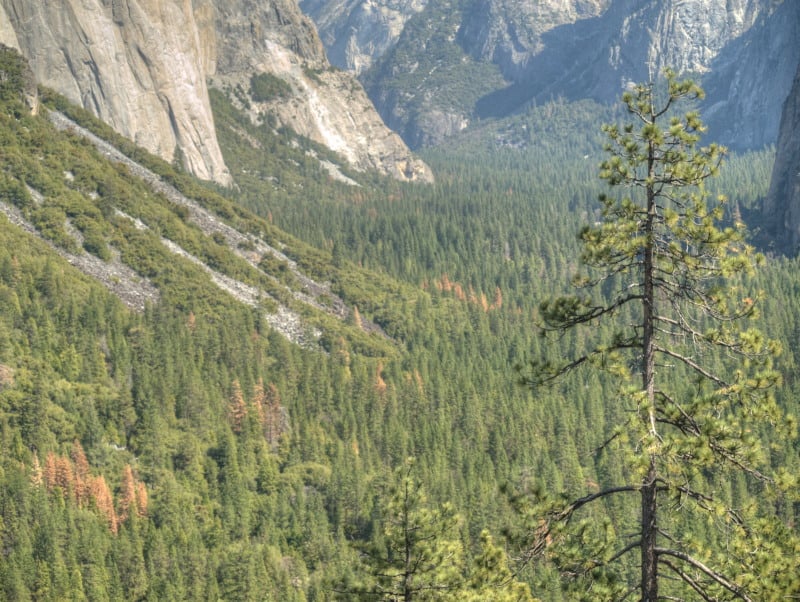Sometimes the threat to national forest access results from undeveloped private land adjacent to a national forest becoming a subdivision, and here’s an example of that.
In a recent development (described on a subscription-only site) an Aug. 28 hearing has been set in a lawsuit filed by developer Easter Mountain Ranch LLC (EMR) against Cochise County, Arizona. The county board had denied approval of a tentative subdivision plat for J6 Ranch, a 278-home gated community planned for the northern foothills of the Whetstone Mountains. The land to be subdivided abuts the Coronado National Forest. The issue in the case boils down to a requirement by the county for the developer to “provide multi-purpose (vehicle, pedestrian, equestrian, etc.) legal access to federal lands.” The proposed subdivision would provide a road that dead-ends at the boundary of the national forest where roads are not allowed.
While the lawsuit about whether the developer met this requirement may hinge on the meaning of “access to,” the question I have is what is the Forest Service position and what has their involvement been. They are not mentioned here. It seems likely that the county position was an effort to coordinate with the Forest Service, and what exactly that meant should have been on the table for all parties to understand. But where was the Forest Service? (There’s nothing on the EMR or J6 Ranch on the Coronado website.)
Then I wonder about what kind of public access will be allowed through a “gated community.”
